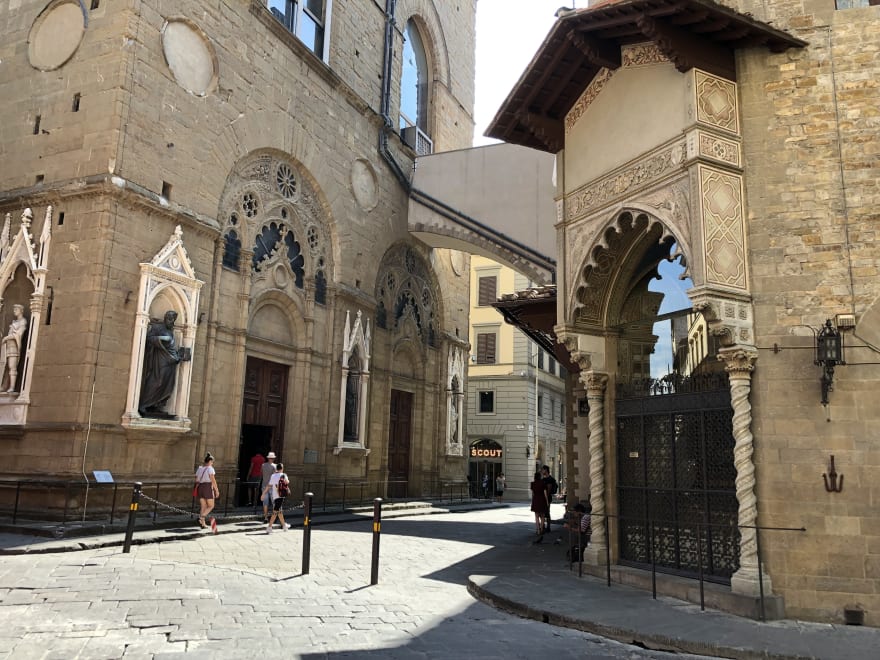Last summer I was on vacation in Italy. Because of my interest in the history of money, I realized there are some interesting places worth visiting connected to banking history. Let me take you on a short trip explaining the origin of banks.
Pisa
Our first stop is Pisa. This was the birthplace of Leonardo of Pisa. You probably know him as Fibonacci. He is known for his sequence of numbers, Fibonacci sequence, but he also helped build the financial industry. During his travels across the Mediterranean, he realized how much easier it is for merchants to use Arabic numerals for calculations vs. Roman numerals, which were used heavily in Italy back then. Based on this finding he wrote the Book of Calculation in the year 1202, demonstrating the benefits of Arabic numerals for different kinds of commercial calculations like currency conversion or computation of interest from money loans.
Venice
Fibonacci’s calculations became very valuable in Venice, which was the trade center between Western Europe and the rest of the world. But that was just the first step towards banking as we know it today. Overseas business voyages were profitable, but costly and merchants needed funding to make it happen. There was also a risk of ships sinking, causing the loss of all invested money therefore nobody wanted to lend money for free. The problem was the Medieval church’s law against usury, charging interest for a loan. However, this law only applied to Christians, not to Jews. Jews weren’t supposed to lend with interest to other Jews, but they could lend to a stranger, to a Christian.
Jews were forced to live in a ghetto where they were providing financial services, sitting behind their desks on benches. That’s the origin of the word bank, from the Italian word “banco” which means a bench.
Today’s banks are usually big companies. That’s not a coincidence, they have to be big to reduce risk. In comparison to individuals or a small group of Jews in Venice, it’s a huge difference. When an individual lends money, it’s usually a significant part of his portfolio and it could have a devastating impact on his business. Therefore he is forced to require a large interest to cover such cases. A higher interest could be good for the lender, but it’s not so convenient for the borrower. Shakespeare’s play Merchant of Venice demonstrates this issue nicely.
Florence
Money lenders needed to become bigger. Let me take you from Venice to our last stop, Florence. The Florentine Medici family, which I consider the biggest financial disruptors of the 15th century, created huge wealth based on two tricks:
- creation of a decentralized network of partners to protect against defaulting of their clients
- hide interests as commission for currency conversion
The second point allowed them to avoid the church’s anti-usury law. They couldn’t provide a loan for interest but could charge a commission for currency exchange. Let’s say you would like to exchange 10 euros for 12 dollars. You would get 12 dollars immediately, but pay them 10 euros plus some commission later. The longer the period, the higher the commission and therefore interest.
The Medici family founded the Medici bank in 1397 and we can even say they later financed the whole renaissance.
If you like such stories, I really recommend watching the documentary The Ascent of Money (TV Series 2009) - IMDb which served as a reference for this article.





Top comments (0)